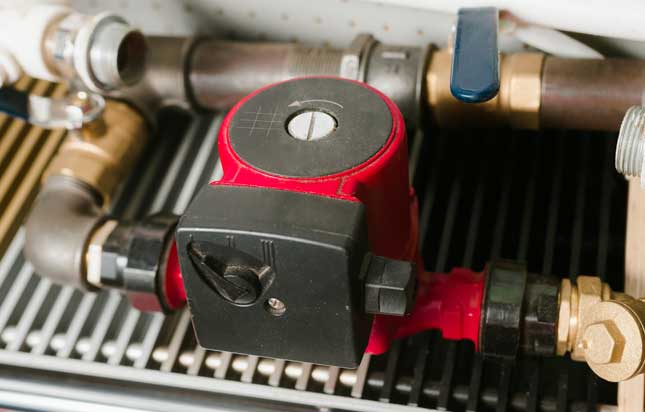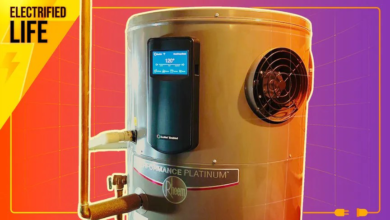Understanding the Importance of a Circulating Pump

In many modern systems, whether in homes or industries, the effective movement of fluids is crucial. One of the key components that help achieve this efficiency is the circulating pump. This device is designed to move liquids through a system, ensuring that they reach their intended destinations without delays or stagnation. In this article, we will explore what circulating pumps are, how they work, their applications, benefits, and maintenance.
What is a Circulating Pump?
A circulating pump is a specialized type of pump that moves fluids through a closed system. Unlike other pumps that might transport water or liquids over long distances, circulating pumps are typically used to keep the flow constant in a limited area, such as within heating or cooling systems.
How Do Circulating Pumps Work?
The operation of a circulating pump is based on a simple principle. The pump contains an impeller, which is a rotating component that creates a difference in pressure to move the fluid. When the impeller spins, it draws liquid into the pump and pushes it out through a discharge pipe. This continuous action generates a flow that keeps fluids moving through the system.
Applications of Circulating Pumps
Circulating pumps are used in various applications, each benefiting from the consistent and efficient movement of fluids. Some common applications include:
Heating Systems: In residential heating systems, circulating pumps play a crucial role in distributing hot water. They ensure that water from the boiler flows efficiently to radiators or underfloor heating, maintaining a comfortable temperature throughout the home.
Cooling Systems: In air conditioning systems, circulating pumps help move chilled water or coolant to ensure even cooling. This not only enhances comfort but also improves the energy efficiency of the system.
Industrial Processes: Many industrial applications, such as chemical processing and food production, rely on circulating pumps. These pumps maintain the required flow rates and temperatures for various processes, contributing to operational efficiency.
Water Management: Circulating pumps are essential in swimming pools, aquariums, and irrigation systems. They help maintain proper water circulation, preventing stagnation and ensuring water quality.
Benefits of Using a Circulating Pump
Incorporating a circulating pump into a system offers numerous advantages:
Energy Efficiency: By ensuring that fluids move smoothly and consistently, circulating pumps reduce energy consumption. This can lead to lower utility bills and a reduced carbon footprint.
Enhanced Comfort: In heating and cooling applications, circulating pumps help maintain uniform temperatures. This contributes to a more comfortable living or working environment.
Prolonged Equipment Life: Maintaining proper fluid flow and temperature helps extend the lifespan of heating and cooling equipment. This can reduce the need for costly repairs or replacements over time.
Improved System Performance: Circulating pumps ensure that fluids reach their intended destinations quickly and efficiently, optimizing the overall performance of the system.
Choosing the Right Circulating Pump
When selecting a circulating pump, several factors need to be considered to ensure optimal performance:
Flow Rate: Determine the flow rate required for your specific application. This will help you choose a pump capable of delivering the necessary volume of fluid.
Head Pressure: Consider the total dynamic head (TDH), which includes the height the fluid must be pumped and any friction losses in the system. This ensures that the pump can overcome resistance.
Pump Material: The material of the pump should be compatible with the fluid being circulated. For example, corrosive fluids may require pumps made from stainless steel or other resistant materials.
Energy Efficiency: Look for pumps designed for energy efficiency. Many modern circulating pumps feature variable speed drives that adjust the pump’s speed based on demand, further enhancing energy savings.
Maintenance and Care
Proper maintenance is essential for ensuring the longevity and efficiency of circulating pumps. Regular inspections can help identify potential issues before they escalate. Here are some maintenance tips:
Check for Leaks: Regularly inspect the pump and its connections for any signs of leakage. Leaks can significantly impact performance.
Monitor Performance: Keep track of the pump’s performance metrics, such as flow rate and pressure, to ensure it operates within the desired parameters.
Clean Filters: If the pump has filters or strainers, ensure they are clean and free of debris to prevent blockages that could hinder flow.
Lubricate Bearings: If applicable, make sure that pump bearings are adequately lubricated to reduce friction and wear.
Conclusion
In summary, the circulating pump is a vital component in many systems, playing an essential role in ensuring the efficient movement of fluids. By understanding how these pumps work and their various applications, individuals and businesses can make informed decisions regarding their heating, cooling, and fluid management systems. For more information on circulating pumps, you can visit this link. Embracing the benefits of circulating pumps can lead to significant improvements in efficiency and sustainability, making them a valuable asset in both residential and industrial applications.



